The milpa (AKA Three Sisters Planting) is a traditional and sustainable gardening method that has three plants: corn, beans and squash, which complement each other both in the garden and on the plate. Find out how you can easily incorporate a milpa in your own garden for some surprising benefits!
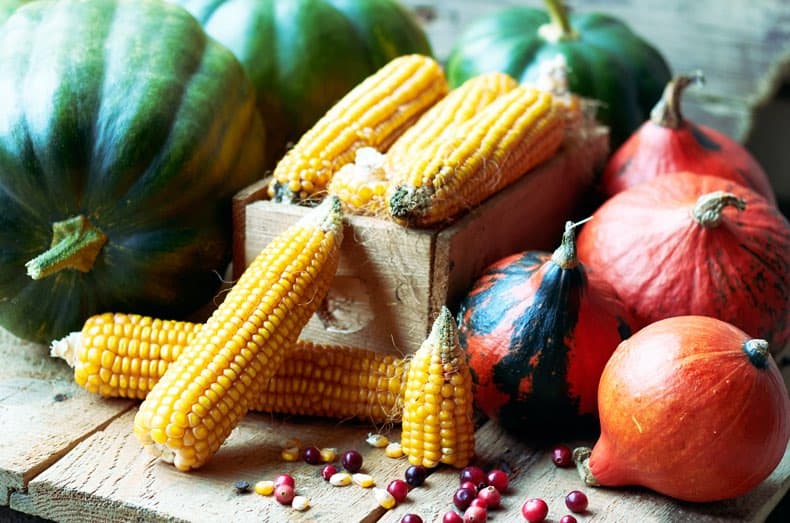
A milpa may sound like a fancy coffee drink, but it actually refers to the three sisters garden technique. This method is good for the soil, the planet, and the dinner table! If you’re interested in using traditional wisdom in your gardening practices, read on for this simple-yet-fascinating method.
What is the Three Sisters Planting (aka a Milpa)?
Milpa basically means “maize field.” The milpa definition originated hundreds of years ago in native American cultures, beginning in south/central America and moving north. The Three Sisters Planting Story started with the Iroquois, but many indigenous people retell their own version.
Corn, beans, and squash are the three inseparable sisters that support each other.
Different tribes had different ways of laying out their milpa garden, but it included these three plants. Although it’s a myth that these plants are sisters (botanically speaking), they do thrive in each other’s presence.
But before I go into all that, let’s back up a bit.
The Issue of Soil Depletion (& How a Milpa Can Help)
A lot of today’s farmland is practically a sandy wasteland. Stripped of nutrition, crops grown in these fields aren’t as healthy as their ancestors. Lack of cover crops, tilling, pesticides, and reliance on the same crops has led to not so great soil… or food for that matter.
The good news? There’s an easy way to grow our own food that’s simple, time-tested, and good for everyone. Including the dirt. You may think I’m a little obsessed with dirt here, but it’s literally life giving.
Without rich dirt we lack important microbes, vitamins, and nutrients in our diet. Backyard compost is one easy way to amp up the nutrition in homegrown food – every home gardener should have one.
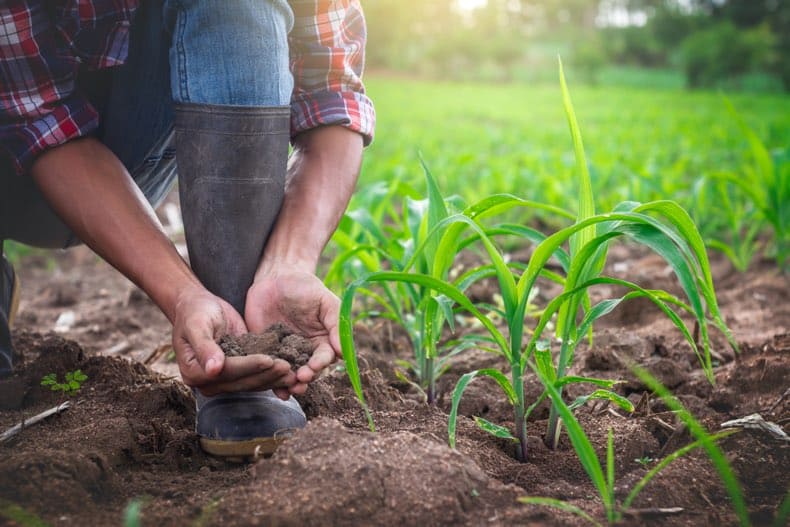
Over fertilizing, soil depletion, etc. can happen in a garden just as easily as a big farm field. Companion planting and cultivating a mindset of earth stewardship help us prevent that.
Planting a garden is a good way to know where your food comes from. That’s one of the reasons you’ll see my family at the local farmer’s market every week. It’s all part of preserving that connection to the earth that is sadly being lost in our culture.
There are lots of systems of plant rotation that try to replicate traditional techniques of building and preserving soil. Today, let me introduce you to a brain-dead-simple system that doesn’t even need crop rotation.
A Milpa is Complementary In the Garden & On the Plate
The three plants, corn, beans, and squash complement each other in the garden and on the plate. In fact – corn and beans together provide all ten of the essential amino acids our bodies need.
We need amino acids to make protein, twenty different kinds to be exact. Out of those twenty, ten amino acids we have to get through food. Most foods only have some of these ten essential amino acids, but by combining corn and beans we can get all ten for a complete meal.
Not only are they a nutritional match, but corn and beans play nice together in the garden. Nature knows what it’s doing!
We’ve discussed corn and beans, but meet the third sister: squash, which grows around the base and provides ground cover.
Bonus: sometimes there’s even a fourth sister in there: sunflower or bee balm. Peppers, sweet potato, and melons are also sometimes included as they also complement these crops well.
How to Plant the Three Sisters (What is the Layout?)
Beans are what we call called nitrogen fixers, as in they pull nitrogen from the air and deposit it into the soil. That’s good news for the corn which loves to soak in all of that nitrogen. The corn in turn provides a pole for the beans to vine up, while the beans help support the corn stalk.
Our sidekick squash comes along and shades the ground. This helps the soil stay moist and prevents the beans and corn from overheating in the hot sun. Sunflowers and bee balm can be planted in between the plants to attract pollinators and lure hungry birds away from the corn kernels.
Normally, an experienced gardener knows that crop rotation is important because different plants take different things from the soil, and rotating their location ensures that the soil never gets too depleted.
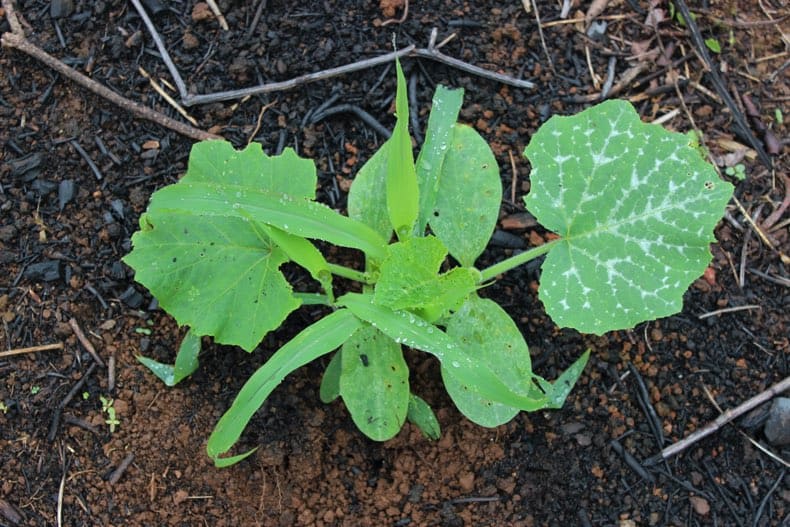
However – one of the coolest parts of the three sisters planting technique (milpa) is that you can plant a milpa garden in the same plot over and over again because of the way each plant uniquely builds the soil harmoniously.
There are fields in Mesoamerica that have been planted with a milpa continuously for 4000 years and continue to be fruitful. How amazing is that?!
How Do You Plant a Milpa? Timing & More.
The three sisters planting method is simple enough, but there are plenty of ways to go about it. You can lay out your beds in circles, in rows, or even do a raised bed. There are several ways cultures traditionally planted Milpa, but the basic concept is the same.
You create a mound to plant the corn in, then plant the beans and squash around it. Higher mounds are better for wet areas. The Zuni tribe method used a large, square planting area with walls of dirt on the sides. The dirt wall method is best for drier areas to help keep water in the garden bed.
There’s a bit of an art to milpa.
- First plant the corn.
- Once the stalks are 6-12 inches high it’s time to plant the beans. Any earlier and the beans will pull down the corn.
- About a week later it’s time for the squash to shine and make it into the dirt.
Playing in the dirt, garden planning, and working together to plant a milpa are all key strategies to help kids love gardening.
Three Sisters Garden Variations
One of the simplest ways is to plant two rows of corn in mounds, plant squash in between about every 4 feet, and plant a circle of beans around each corn stalk. You can keep repeating and do as many rows as you wish and for the length you want.
Note: corn does best when it is planted at least two rows deep for better pollination.
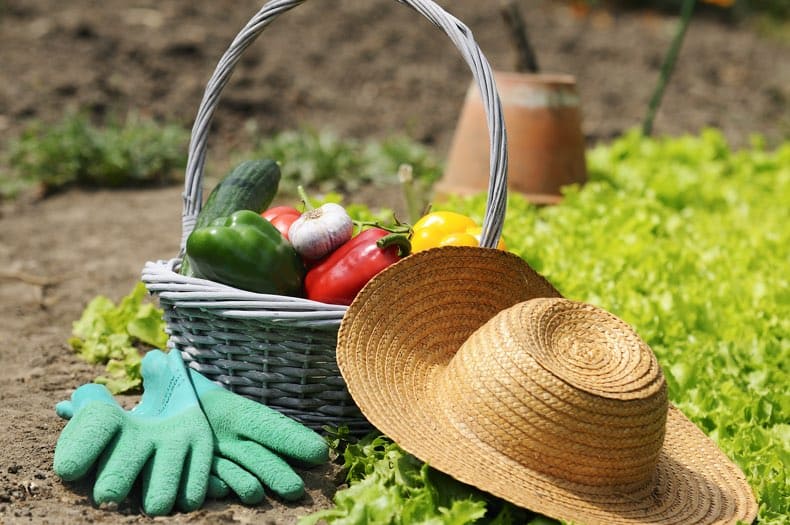
Three Sisters Planting Diagram
It helps to sketch out a quick planting diagram before putting the seeds in the ground. This way you can work with the space you have and not overcrowd the plants. You can also use the square foot gardening method with the three sisters.
How Do You Plant Three Sisters in a Raised Bed?
Raised beds are a neat and tidy way to garden. It helps control the weeds and they’re easier to access for some people. That said, three sisters planting in a raised bed is a little bit different than ground level.
Squash takes up a lot of room and can quickly overtake the raised bed. One solution is to make it move out and get its own place when its older. Or, as long as your squash variety isn’t too heavy, you can redirect the vines down the side of the raised bed and onto the ground.
What Type of Squash is Used for Three Sisters Garden?
You can use either winter or summer squash for this project. Just don’t choose a prize-winning 60-pound pumpkin here. Zucchini, yellow squash, butternut squash, delicata, and acorn are all good choices. (The latter of which makes for a killer acorn squash breakfast porridge.)
Some people recommend smaller, pie pumpkins, while other experts say to nix pumpkins altogether.
Squash needs full sunlight to thrive, so it’s important to not plant the squash too densely against the corn. We want to shade the ground, not shade out the squash.
Best Beans for Three Sisters Planting?
Since the beans are supposed to vine up the corn stalk, we want pole beans, not the bush variety.
Non-gmo traditional varieties that aren’t super speedy growers work best. Here are some ideas for pole beans to start you off:
- Scarlet runner
- Italian snap
- Ohio pole bean
- Four corners gold beans
- Hopi light yellow
- Rattlesnake pole bean
- Kentucky wonder
- Cherokee trail of tears bean
- Iroquois skunk pole bean
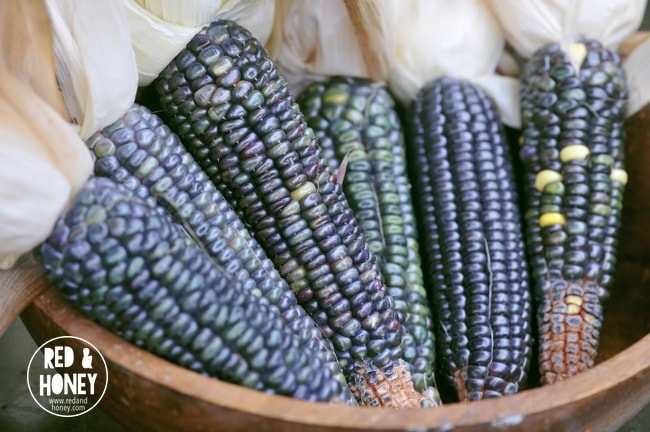
Best Corn for a Milpa?
The first thing you should do is choose a variety of corn and look at a planting calendar for your zone. The corn we chose was an heirloom Oaxacan dent corn. This corn variety has beautiful green kernels and is used for making corn flour (yes, you CAN use your Vitamix to grind corn).
While corn flour may not be part of everyone’s diet, here’s my take on how to prepare and eat grains. Any variety you choose will work, though; sweet corn, popcorn, and flour corn are all fair game.
Victory Seeds, Baker Creek Heirloom Seed Company, and Annie’s Heirloom seeds are a few quality places to source heirloom, non-GMO corn. Do some regional research and see what grows well in your area. (Finding a great seed company that is somewhat local to you can be helpful for asking questions.) Traditionally, native tribes relied on flour corn since its stalks are sturdier.
You’ll want to plant at least two rows of corn; this could be a 2 row by 2 row plot and literally take up 16 square feet. We put ours in our front yard (we now have a reputation in our neighborhood) and planted 3 rows of 5 or 6 corn stalks each.
Why Should You plant a Milpa?
It’s one of the best ways to get non-gmo corn.
Up until 1996, GMO corn didn’t even exist. GMO (genetically modified) sweet corn didn’t come around until Monsanto introduced it in 2011. Since then, more and more GMO corn has flooded farm fields and grocery store shelves.
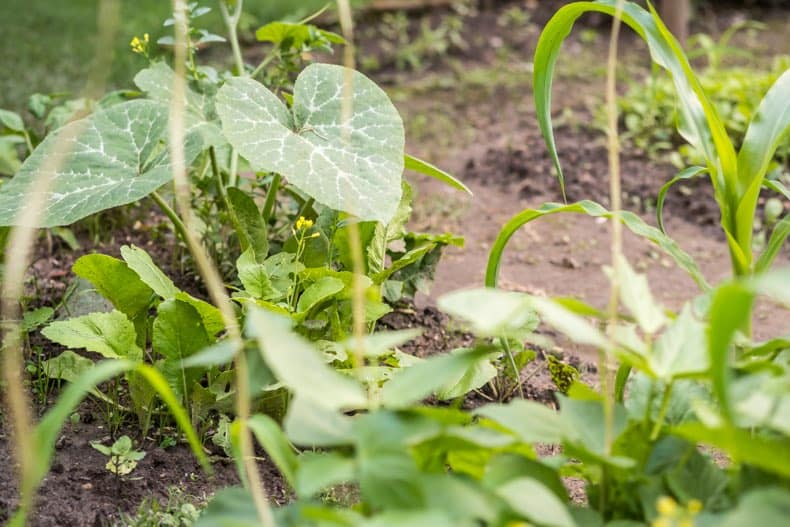
Planting a milpa is sustainable and simple.
It can be tough to keep track of crop rotations in the garden. With milpa there’s no rotating or tracking involved.
It shows your true colors.
A milpa in the backyard (or front yard!) is a great way to show off your gardening skills to the neighborhood. It sends a message that we’re caring for the earth, our bodies, and having fun while doing it. The positivity is contagious!
What do you think? Have you ever planted “the three sisters”? Will you try a milpa this year?
This post was originally written by guest writer Virginia Miner, and published in 2016. It has been updated and expanded by Beth @ Red & Honey in 2021.







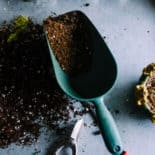







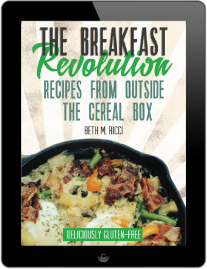









Ryon Alarid
Virginia – as this is Mesoamerican technology, it is only right to do this with mesoamerican varieties of maize. Such maize may be obtained directly from the Zapatistas of Chiapas and the Mayan peoples. Please visit schoolsforchiapas.org and browse their online store.
As an added bonus, the proceeds from the sale of such maize goes to help fund schools for the indigenous Mayan peoples of Chiapas, and the raising of such maize helps keep a roughly seven thousand year old tradition alive.
I would greatly appreciate if you would consider updating this article with this information.
Sincerely,
A Descendant of the Nahua people of Mexico
Alicia Haslam
I live in Michoacan, Mexico and let me share with you that people around my home still plant the 3 sisters or milpas. They grow beautifully but, of course, they know exactly how to do it… There is a special technique that if you want to be successful you should learn.
Richie
What is the secret?
Rebecca
I grew up in a town called Milpitas (in California, in the San Francisco Bay Area) and we were taught that it meant “little cornfields” or “backyard gardens”.
I have been gardening since I was a child, every year except college years and then some years when I was renting.
I can tell you that we NEVER grew the Three Sisters garden without a ton of hassle. Here’s why:
The beans overtake the corn as they grow and climb. They twist around the cornstalks, conveniently choking out the the stalks and making them week. When corn does grow, it is usually mutilated and deformed by the green beans growing and choking them…. (have you ever seen one of those turtle shells that got stuck in one of those 6-pack soda can plastic holders? Yeah, that is your corn!).
Then, since the stalks have a LOT of weight on them, more than normal, any high winds will make them fall over.
If you want the benefit of the nitrogen in the beans, feeding the corn, then plant bush beans around the stalks.
And be wary of the type of squash you plant because that, too, will creep and climb up the stalks.
Just some ideas. From your article it seems you are going to be doing it this year, but haven’t done it before…. so those are some tips.
MamaV
We have actually planted a milpa before, and plants growing too much was definitely not our problem… I wonder how much it has to do with the varietals you choose and your soil conditions?